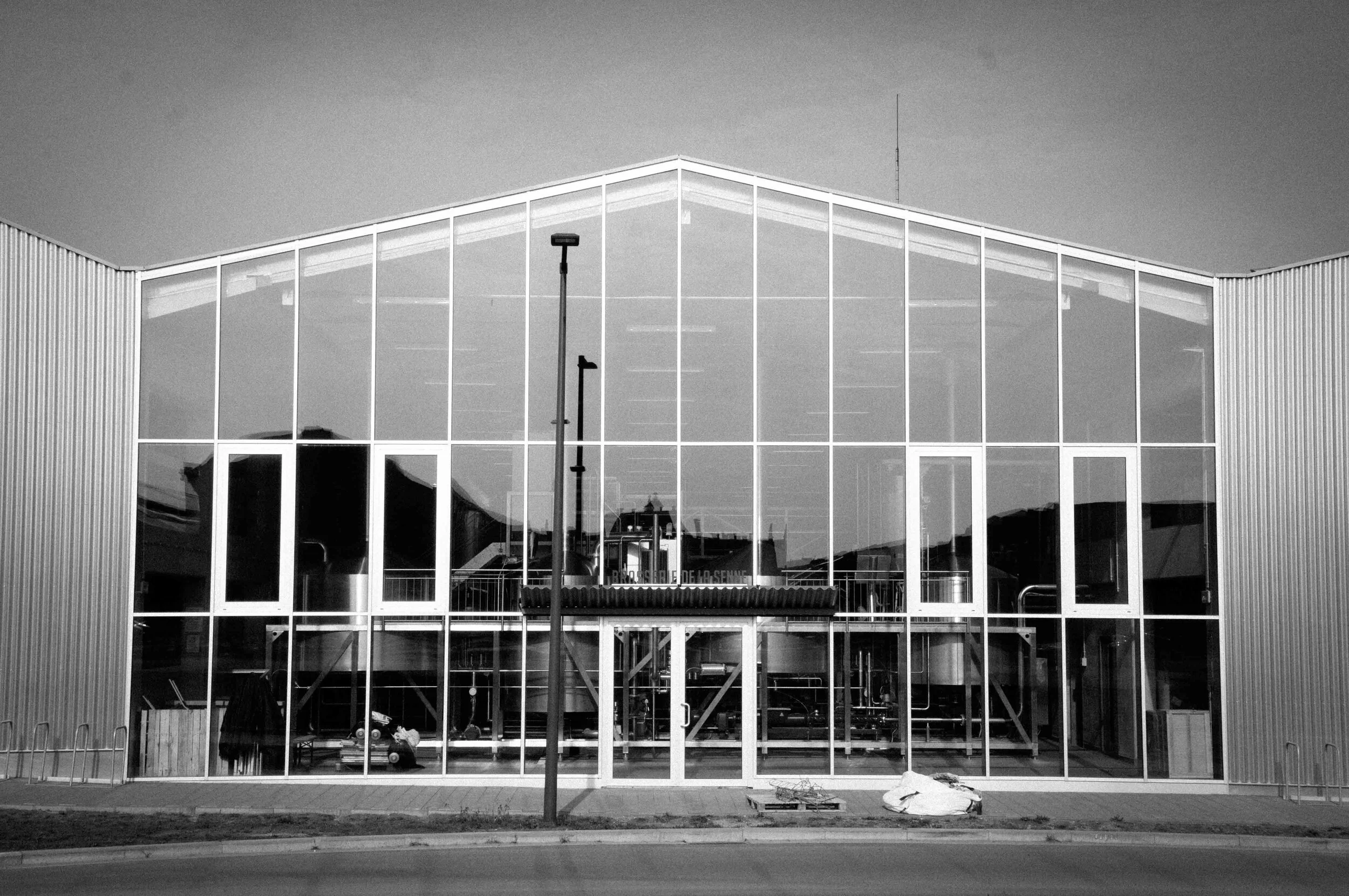A History of Brussels Beer in 50 Objects // #18 Bock Beer
Find out more about Brussels Beer City’s new weekly series, “A History Of Brussels Beer In 50 Objects” here.
Object #18 - Koekelberg Bock Beer
19th century
Brewery Life
On May 3 1887, Brussels was alerted to an important event happening two days hence on the city’s Koekelberg plateau. In an advert occupying a quarter of the back page of three local newspapers were the words, in bold type, MUNICH and BOCK, “brewed exactly like the more celebrated beers of Munich, conceding nothing in terms of quality and taste….made only with the best malts and finest hops.” In even bolder print above this was printed: Brasserie de Bières Allemands de Koekelberg. The ad announced the Koekelberg brewery’s big opening, and its owner’s conviction that a market in Brussels existed for locally-made Lager beers.
Foreign beers were scarce in early-19th century Brussels, but by the 1850s estaminets were advertising their stock of “Pale Ale - le véritable bière anglaise” and bières de bavières. Two decades later, the popularity of German beer was such that industry figures argued in the letter pages of national newspapers about whether Belgian breweries could - or should - brew Bavarian beers. On one side were Belgian brewers wanting to exploit the domestic appetite for Mitteleuropa Lagers, but felt Belgium’s excise regime prevented them. Opposing them was Adolphe Frentz, editor of industry periodical Le Moniteur de la Brasserie, who argued that the taxes were not the problem:
“[R]eal Bavarian beer….can only be brewed in Bavaria. That which is brewed here….is only an imitation….The clientele - composed for the most part of foreigners - who consume these exotic beers, will never entirely give up on sourcing them from their own countries. [Why not?] Patriotism for some; for others, an innate bias against local products. For many, a hint of vanity.”
For Frentz, imported beer was a small market - 40,000 hectoliters in 1871 compared to 10 million hectoliters of Belgian beer. But by 1910, Belgium would be importing 237,000 hectolitres of “exotic beer” annually. Despite Frentz’s scorn, Koekelberg’s German brewers reckoned they could persuade a portion of these drinkers to buy Brussels-brewed Bockbier.
And so, in May 1887, director Edouard Köller welcomed 4,000 visitors for the brewery’s grand unveiling, serving 4,500 litres of freshly-tapped beer. Guests marvelled at the artificial ice-maker, the machine room’s steam-clouded pistons, and the brewery cellar’s “monstrous” wooden foeders, nostrils overwhelmed by the smell of oak and fermenting beer. That first year, Koekelberg brewed 3,140 hectolitres of Bavarian beer. Within five years Koekelberg exceeded their original 50,000 hectolitre capacity, and in 1900 churned out 53,778 hectolitres of Bock, Munich, and Petit Bavière.
But Köller’s ambition was bigger than just supplying Brussels’ estaminets and cafés. The brewery’s Munich Hähnebrau won a gold medal at a competition in Munich in 1898, causing Bavarian brewers to cry foul about the beer’s authenticity, affronted by a Belgian brewery appropriating the word “Munich”. By then, the brewery had also changed its name. Brasserie de Bières Allemands was gone. Instead, the Grande Brasserie de Koekelberg was ready to welcome a 20th century wherein Brussels’ irrepressible obsession with all things German would continue, unhindered.













